If you haven’t already heard of the Food & Drink Innovation Network (FDIN) and their Annual Food Allergy and Intolerance Summit it’s a two day conference aimed at grocery retail and food service companies who want to explore and realise the opportunities out there in the freefrom and gluten free market place.
It’s a huge industry, including not only:
- 2% of the UK population who have a food allergy
- 1% who have coeliac disease and suspected countless more who remain undiagnosed
- 20-40% of those who have a food intolerance or have self diagnosed their own food sensitivities
- All the people who feel freefrom and gluten free is healthier for them…
Somehow muggins here managed to get roped into speaking about ‘Living with multiple food allergies’. Well I can do that standing on my head, how hard can it be? What could possibly go wrong?
However, having never done any public speaking before I was very, very nervous. Standing up to speak in front of a group of food experts had me quaking in my boots.
Microphone fear was a new one on me, I have never been presented with a static microphone before and realised that rather than standing still, as I had informed the AV guy I would be doing, it seems my presenting style is to wander about, away from said microphone. I then ended up paralysed in front of it too scared to move. The time remaining counter whizzing round in front of me put paid to any confidence I had left after frantic hand signals to stand still.
On the whole though the feedback has been amazing and the delegates really valued my honest account of what life is really like when you have to avoid numerous key food stuffs.
I received some amazing comments like:
‘Ruth reminded everyone why we were there and inspired us to do much better’. (Me: Yes much, much better please!)
‘A breathe of fresh air.’
‘I found your talk really easy to listen to after lots of detailed presentations and it really brought us all down to earth’.
“I would just like to say that after reviewing your presentation delivered to FDIN I was both absolutely delighted at such a high impact presentation managed to deliver and appalled by the low standards of some practices in the catering industry.”
Christopher Hindle, FAME Business Development
So thank you to everyone who congratulated me – it was really encouraging. A future career in public speaking ahead of me? Who knows! I am speaking again at the Houses our Parliament NASG All party for Allergy meeting later this month. Face that fear Ruth. Face that fear.
It was certainly a packed conference with retailers, manufacturers and food service companies sharing best practice, how can things be done better and appeal to more of the allergic community?
What did I learn?
Over the two days there were some fifteen speakers covering everything from market trends and innovation and allergen threshholds to details for the forthcoming FreeFrom Restaurant Awards.
Allergen threshholds – this one left me wanting to learn more. Renee Crevel of Unilever shared his studies and research into the level of a particular allergen that would be required to trigger an anaphylactic attack and also the lower limit at which no reaction is found. We have a number for gluten, food containing 20ppm or less of gluten can be classed as gluten free but is this really all that helpful to coeliacs? Could a very sensitive coeliac or wheat or gluten allergic person react in some way to 20ppm of the grains? What might be a safe level ie. no fatal reactions may not also be a truly freefrom reaction level? This research is vital and although we didn’t discover when new threshholds might be coming into place it is hoped that in the next few years we will see the introduction of a figure for the most prevalent at least. This may all sound very confusing but the lack of threshholds for other allergens makes it hard for companies to get their products tested, to claim something is freefrom and for the testing companies to guage what a safe level might be. New thresholds for nuts, dairy, egg etc. would mean more suitable products coming to market in the future so it’s all good. I am planning to speak to Renee about talking at my local Anaphylaxis Campaign Allergy Support group soon so watch this space.
Stats and figures – Many of the presenters had interesting statistics to share. Mintel in particular produce a yearly report which catalogues the new products on the market and the amount of gluten free and other freefrom products consumers purchase. It was very clear the need for freefrom food was growing but there didn’t seem to be as many new products from the current key players as the market might suggest. There is a huge gap still for innovative, tasty and healthy freefrom foods which don’t cost the earth. I know, I know. We’re not asking for much…but come on retailers. Let’s see some new stuff.
New laws on labelling and food service – what do they mean? – The Food Standards agency spend a lot of time ensuring labelling is kept up-to-date, compliant and useful. The new regulations which come into place in
December 2014 cover changes to both packaged food labelling and the food service industry responsibility to the customer.
Food labelling – it seems we will be doing away with the voluntary ‘Contains Allergen’ warning box and instead having all allergens highlighted in the ingredients list. This may seem like a step back but as someone who has to avoid foods that are not in the top 14 I’m already used to scanning both. I do think this will make it harder for those who are perhaps not as close to allergies and those newly diagnosed who might not know what whey, lactose and arachis mean. The ‘not so common’ words for foods that are made from an allergen take a bit of getting used to and I know my friends and family use this warning box when trying to buy cakes and snacks for me. It’s hard enough now so they may all give up even trying.
It is what we’re going to have to work with though and I CAN see positives in this for those with intolerances who can tolerate cheese perhaps but not milk. It also does highlight EVERY allergen present so you get an idea of how much of each allergen might be present.
With allergies the advice is always total avoidance so keep a look out for the new type of labelling. Some, like Waitrose, have already started to use the new format so they are ready when the new law comes in next year.
There was so much else to tell you about this event so you’ll have to wait for another day. More on Food Service law changes and what this means to the allergic consumer and also the new FreeFrom Restaurant Awards. More on the Mintel stats and so much more to follow.
Did you go to this event? What did you find most interesting? What was your favourite session?



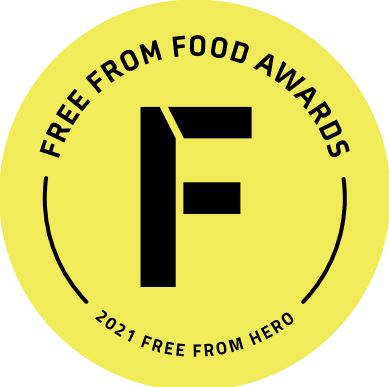


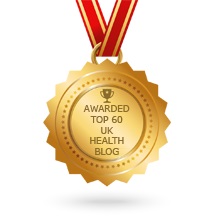

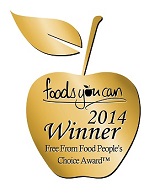
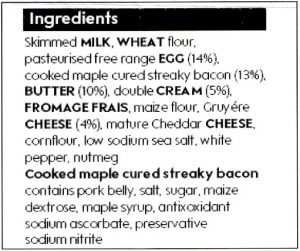
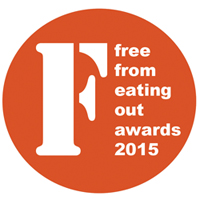
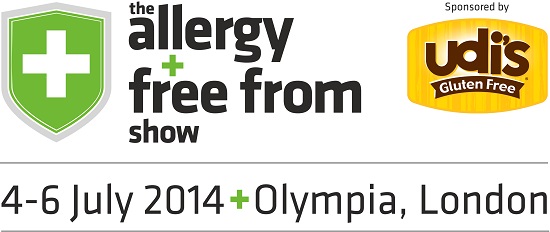
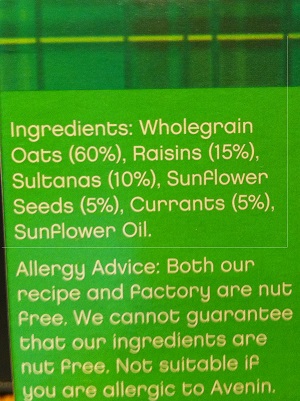
Leave a Reply